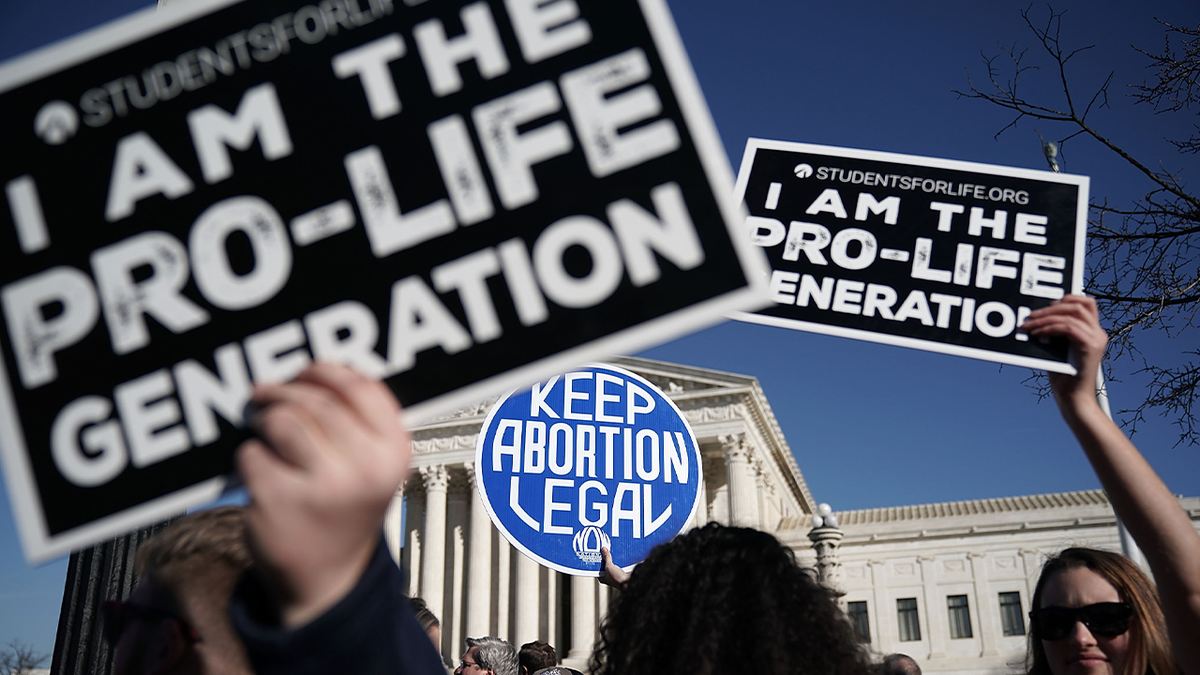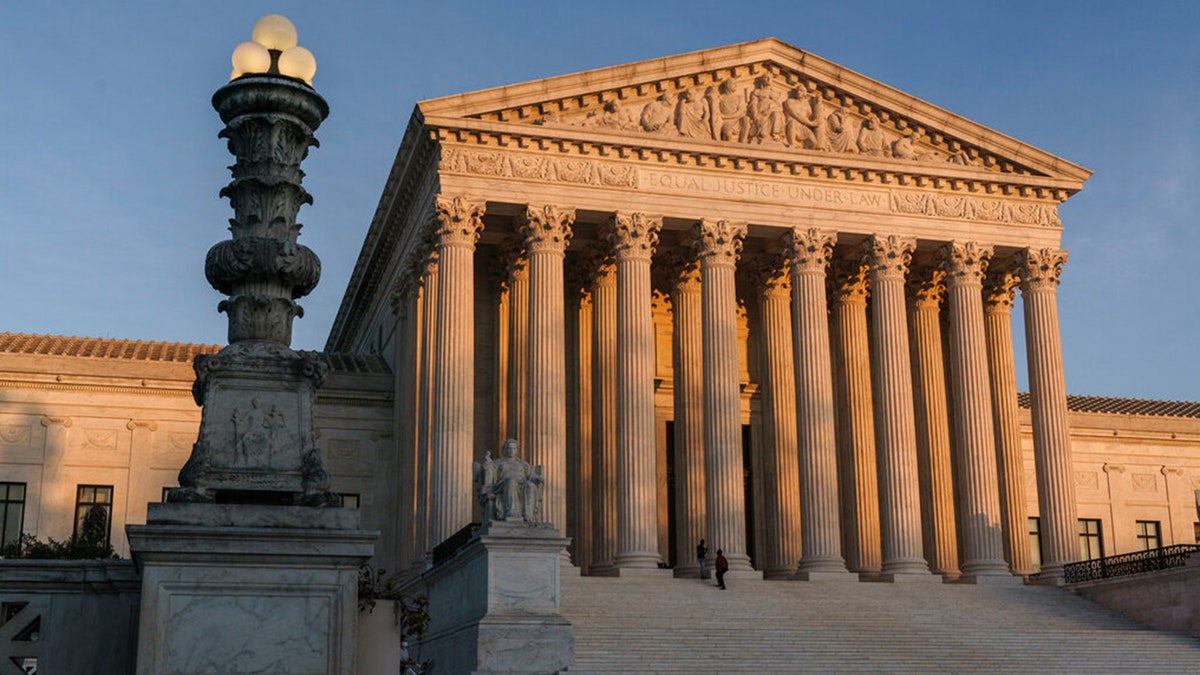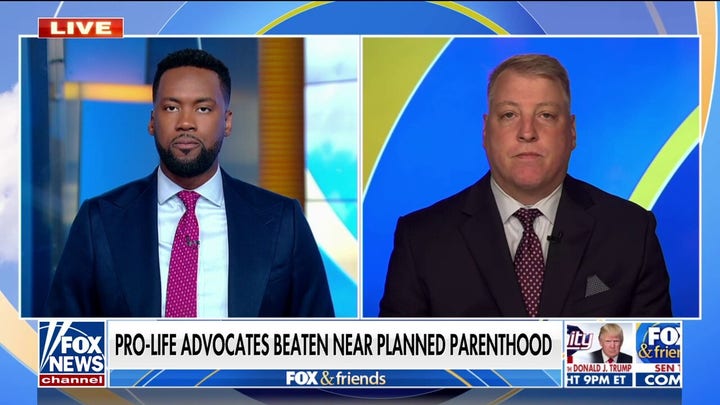A year after the overturning of Roe v. Wade, the fight for the protection of the unborn continues with renewed vigor. While a significant victory for the pro-life movement, the battle is far from over, with thousands of abortions still performed daily in the United States. The focus has now shifted to Congress and individual states, urging them to enact legislation that safeguards the lives of unborn children.

Representative Doug Lamborn's Recognizing Life Resolution (H.R. 464) is a crucial step in this direction. This resolution urges all branches of government to uphold their constitutional duty to protect innocent human life, echoing the Declaration of Independence's assertion of the unalienable right to life. The resolution argues that any government failing to protect this fundamental right falls short of upholding justice and human rights.
Central to the resolution's argument is the 14th Amendment, which guarantees equal protection under the law for all persons. The resolution contends that laws permitting elective abortion violate this amendment by denying unborn individuals the same legal protections afforded to those already born.

This amendment, ratified in 1868 to protect the civil rights of all Americans, particularly newly freed African Americans, employed broad language to encompass *any person* under its protection. The resolution highlights Representative John Bingham's, the amendment's primary author, explanation that it was intended to ensure no state could deny *any human being* equal protection under the law.

The resolution emphasizes that the 14th Amendment was drafted during a time when both common and statutory law recognized unborn children as human beings entitled to legal protection. It also points out that current scientific and medical consensus affirms that human life begins at fertilization, a fact reflected in fetal homicide laws in 38 states and federal law. The historical prohibition of executing pregnant women sentenced to death further underscores the legal recognition of the unborn child's distinct human life.

The resolution draws a parallel between the denial of personhood that underpinned slavery and the current situation with abortion, arguing that viewing any human being as less than a person is a moral outrage. It invokes President Ronald Reagan's words condemning abortion as incompatible with American history, heritage, and justice, and calling for the declaration and defense of the unborn's personhood.

The Recognizing Life Resolution calls on Congress to acknowledge the personhood of unborn children and grant them the same protections enjoyed by all other individuals. It uses historical legal precedent and cultural context to argue that abortion has historically been viewed as unlawful. This stance, the resolution argues, should be the foundation of the pro-life movement's efforts moving forward. The resolution concludes with a plea to ensure that every human being, born or unborn, has their fundamental right to life protected and that no group is denied equal protection under the law.
Comments(0)
Top Comments